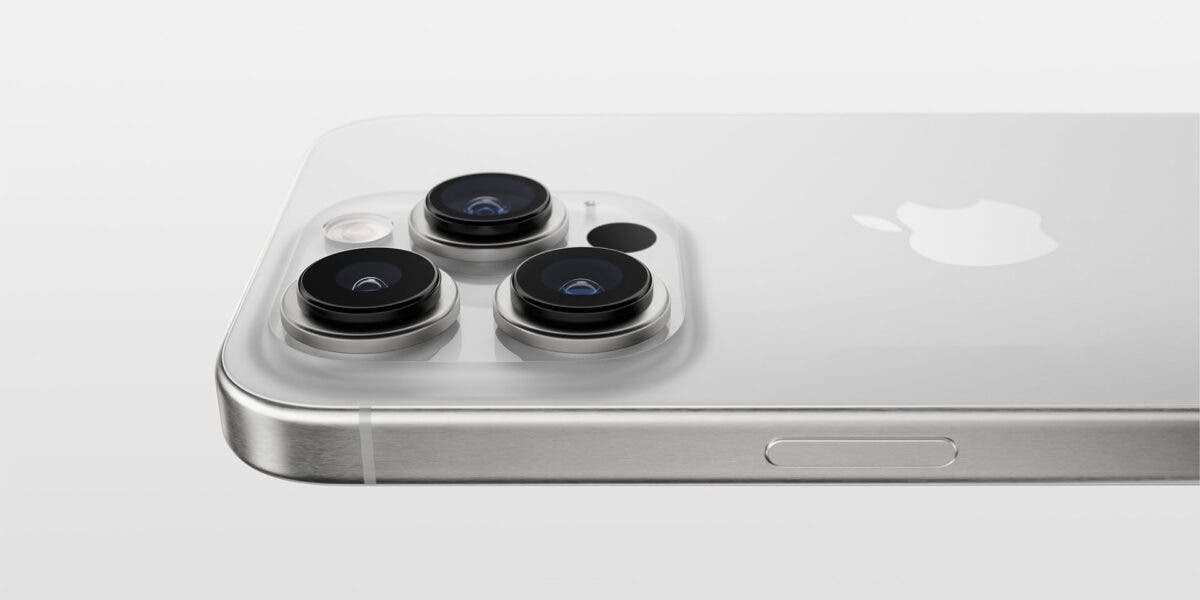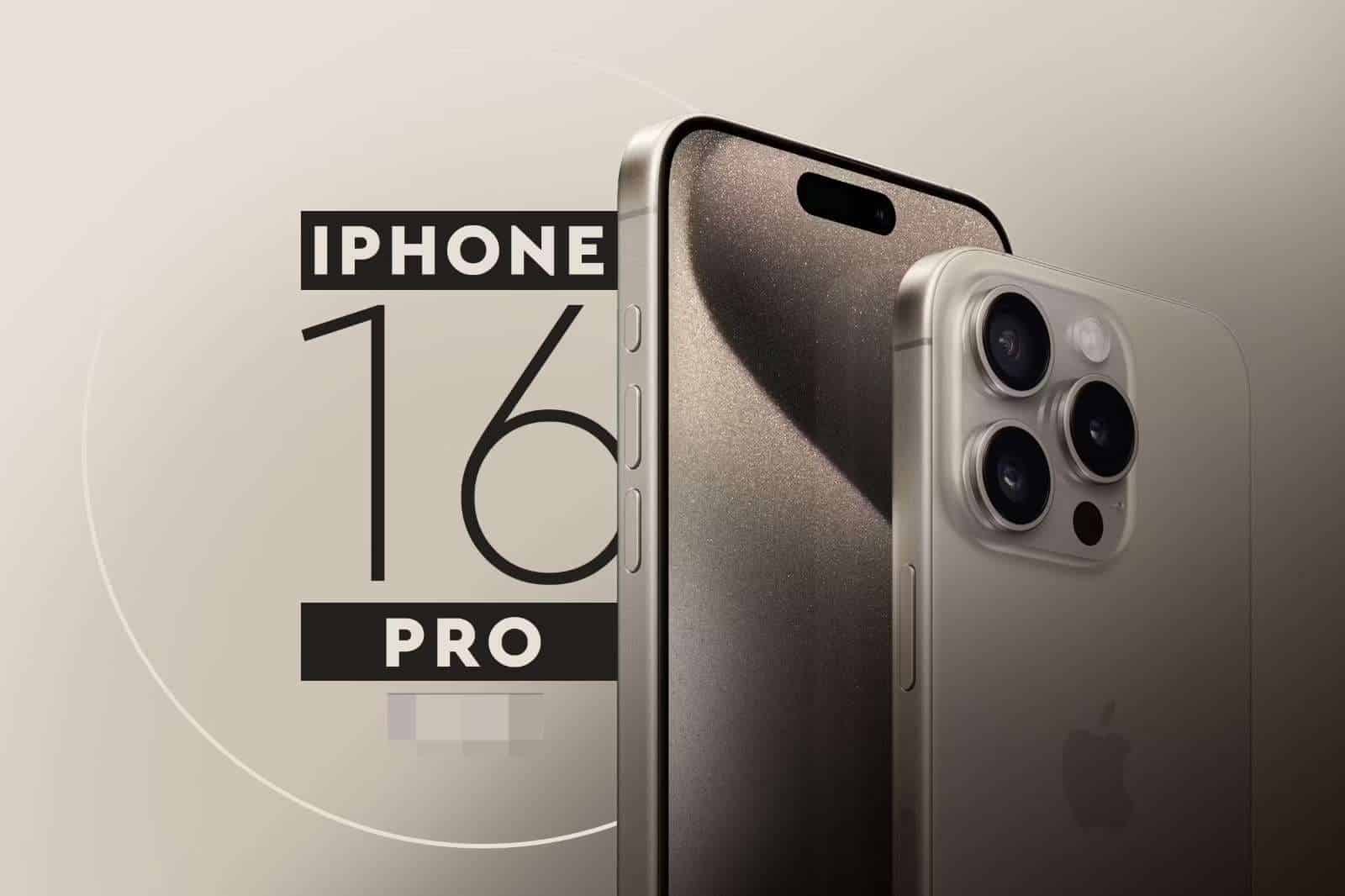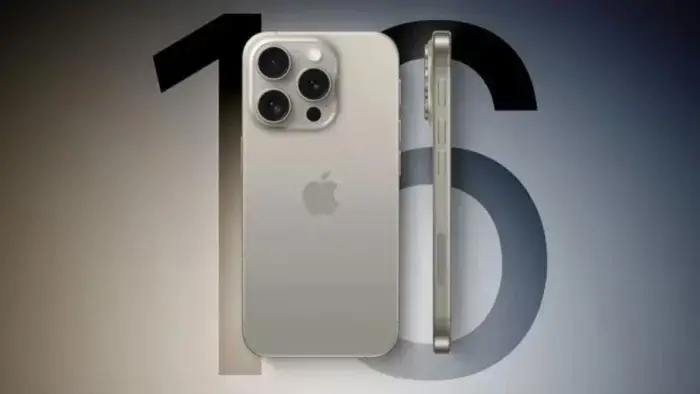Last year, there were rumors suggesting that Apple might eliminate physical buttons on the iPhone 15 Pro, replacing them with capacitive solid-state buttons. However, this change only materialized in the form of a single Action button on the actual device. Despite this, the rumors have persisted, and now there are new claims indicating that the iPhone 16 might completely do away with traditional buttons as we know them.
According to a supply chain report from Economic Daily News, Apple has placed orders with Advanced Semiconductor Engineering, which suggests that the iPhone 16 might feature capacitive buttons. This potential update indicates a shift beyond just adding an Action button to the non-Pro iPhone 16 models or including a rumored Capture button. Instead, it seems Apple could be moving towards a more comprehensive use of capacitive technology to replace traditional mechanical buttons on its future devices.
The order mentioned in the report includes a new system-in-package (SiP) module designed to replace the traditional mechanical buttons on the iPhone 16. Specifically, the report notes that Apple plans to replace the power and volume buttons with capacitive buttons. To achieve this, Apple will require two “system-level package modules” that integrate capacitive buttons and Taptic Engine motors, enabling tactile feedback to simulate the feel of pressing physical buttons. This change would mark a significant shift in the design and user interaction with the iPhone.
Could Solid State Buttons be more Useful than Physical Buttons? 
If the report is accurate, the new design for the iPhone 16’s buttons would involve no moving parts. Instead, the buttons would detect your touch and provide haptic feedback to signal that your input has been registered. This change would make the buttons more durable over time, as they would be less vulnerable to wear and tear. Additionally, the absence of gaps in the button design means that debris and dust are less likely to get trapped behind the button enclosure, further enhancing the durability and reliability of the device.
The decision not to incorporate solid-state capacitive buttons into the iPhone 15 Pro was reportedly due to concerns related to manufacturing complexity, higher costs, and challenges in integrating with the software. As a result, these features were delayed and potentially scheduled for release on this year’s iPhones instead.
The supply chain report indicates that incorporating solid-state buttons might be in the plans for Apple’s upcoming release. However, many aspects could change between now and the typical September launch window for new iPhones. It’s important to note that even if Apple is exploring this technology, there’s no absolute guarantee that it will implement it in this year’s models. The details of the order do not explicitly tie to this year’s iPhone release. This leaves room for adjustments or delays based on development progress, testing outcomes, and other strategic decisions.
Conclusion 
The speculation about which iPhone 16 models might receive the solid-state power and volume buttons raises interesting considerations. Typically, Apple introduces new technology features first on its Pro models, and then these features gradually make their way to the standard models in subsequent generations. This pattern suggests that the iPhone 16 Pro would be the most likely candidate for such an upgrade.
However, the report suggesting that the non-Pro iPhone 16 might include the new capacitive buttons introduces a potential shift in Apple’s usual strategy. This could indicate a broader rollout of the technology across the lineup or a specific strategy to enhance the appeal of the non-Pro models by equipping them with advanced features from the outset.
Ultimately, the decision on which models will feature these upgrades will depend on various factors, including production capabilities, cost considerations, and strategic marketing choices aimed at differentiating the models within the iPhone 16 lineup. As with all reports and leaks, the actual details will only become clear once Apple officially announces the features and specifications of the new devices.





